A resume is supposed to give your employer a picture of who you are. When the employer goes through your resume, he/she should be able to know your work experience, skills, education, accomplishments, career objectives and awards that you might have acquired.
Types Of Resumes
There are three main types of resumes that you can use: chronological, function and hybrid.
Chronological: this one lists your education, volunteer and work history in a reverse chronological order. You should follow each program, employer or school with specific descriptions of results and responsibilities. This type of resume is ideal when you are experienced in a given field.
Functional: it focuses on your abilities instead of work history. It’s ideal if you are trying to change your career. It’s also ideal to use this resume if you aren’t experienced in a given field. For ideal results, you should include your strengths or transferable skills. For example, if you had a leadership role in your school you should mention it here.
Hybrid: this is a combination of a chronological and functional resume.
Mistakes To Avoid When Writing Your Resume
For you to impress your employer you need to create a stellar resume. This calls for you to avoid these costly mistakes:
Being vague: employers want to know your accomplishments; therefore, you should include data that shows your accomplishments. For example, if you are a sales person you should avoid saying that you worked in the sales department. The best way of going about it is giving data that shows how you were able to increase sales in the department. For example, you can say how you increased the company sales by 5%.
Making the resume too long or too short: while there is no specific resume length, you should always strive to limit the resume to two pages. If you can capture all the necessary information in one page, you shouldn’t shy away from doing it. Regardless of the length that you choose, you should ensure that you capture all of your important details in the resume.
Conclusion
This is what you need to know about resumes. Remember that you shouldn’t put the same information in all of your resumes-you should customize the resume to be relevant to a specific company. To give an impression that you are serious with your work, you should proofread your resume to get rid of any typos and grammatical errors.

